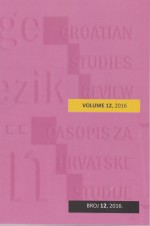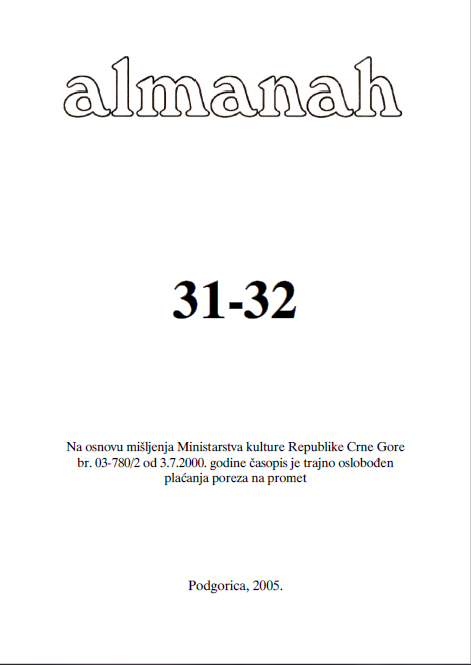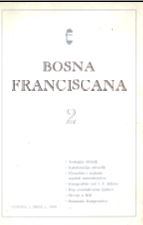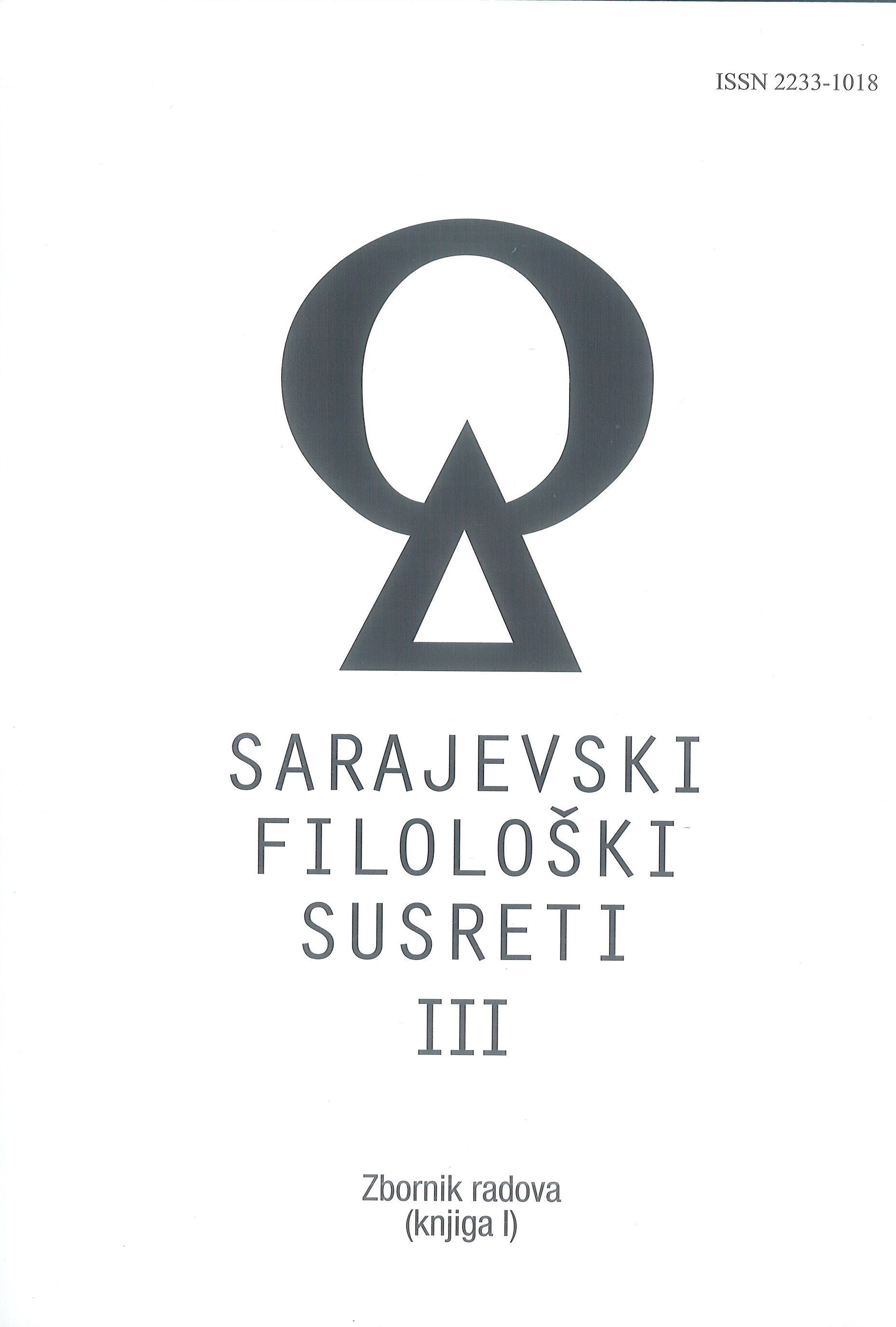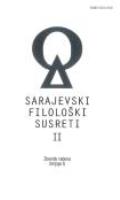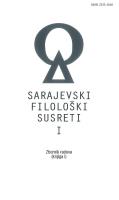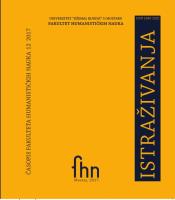ABBREVIATIONS IN SECONDARY EDUCATION STUDENTS’ ESSAYS
In this work, based on relevant methodology and current literature in the field of normativity, errors in writing abbreviations in secondary education students’ essays are reviewed. The research covered 500 students (1594 essays in the Serbian language and literature) one classical and one specialized grammar school students, as well as two secondary technical schools. The work aimed to determine whether the students and in which way incorporated orthographic rules and, in connection with abbreviating words and expressions, when their orthographic knowledge is not the focus (unlike tests aimed at testing and evaluation achievements in the field orthography).Survey research has shown that students rarely use abbreviations in their writing tasks (at the random sample of 100 essays there was a total of 42 abbreviations), so that there is a small number of errors (only 35 errors were recorded in the use of abbreviations), what is undoubtedly influenced by a type of written text, lack of knowledge of orthographic norms when it comes to abbreviations, which has been confirmed by a short test given after the research.
More...
